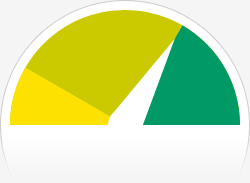 So, Ebscohost has an app. So does VisualDx. FirstConsult has an app, but MD Consult has a mobile web version.
So, Ebscohost has an app. So does VisualDx. FirstConsult has an app, but MD Consult has a mobile web version.
I’m just trying to make sense of this, so I can sound like I know what I’m talking about as I roll this mobile stuff out to my customers. So far, not working!
But here’s a blog that might help: iMedicalApps. The site bills itself as “mobile medical app reviews and commentary by medical professionals.”
iMedicalApps features sometimes lengthy reviews, including pricing information where applicable. You can choose a device type (iPhone, Android, Blackberry) or filter by medical specialty, though the filter isn’t working on my older version of Internet Explorer.
Some of my favorite articles are those listing “top apps” for various constituencies such as “internal medicine residents” or “medical students on clinical rotation.”
iMedicalApps also presents relevant news stories, such as the “Mobile Medical News Roundup,” and reports on recent clinical studies, like “Hospital hand washing compliance improved using a mobile app.
Filed under: Mobile, Technology | Tagged: Android, Blackberry, iPhone, Medical apps | Leave a comment »


 Anders Ynnerman, PhD, studies computer graphics and scientific visualization, with a particular interest in medical imaging. His 16-minute presentation at TEDxGoteborg 2010 highlights new tools and developing medical technologies.
Anders Ynnerman, PhD, studies computer graphics and scientific visualization, with a particular interest in medical imaging. His 16-minute presentation at TEDxGoteborg 2010 highlights new tools and developing medical technologies.




